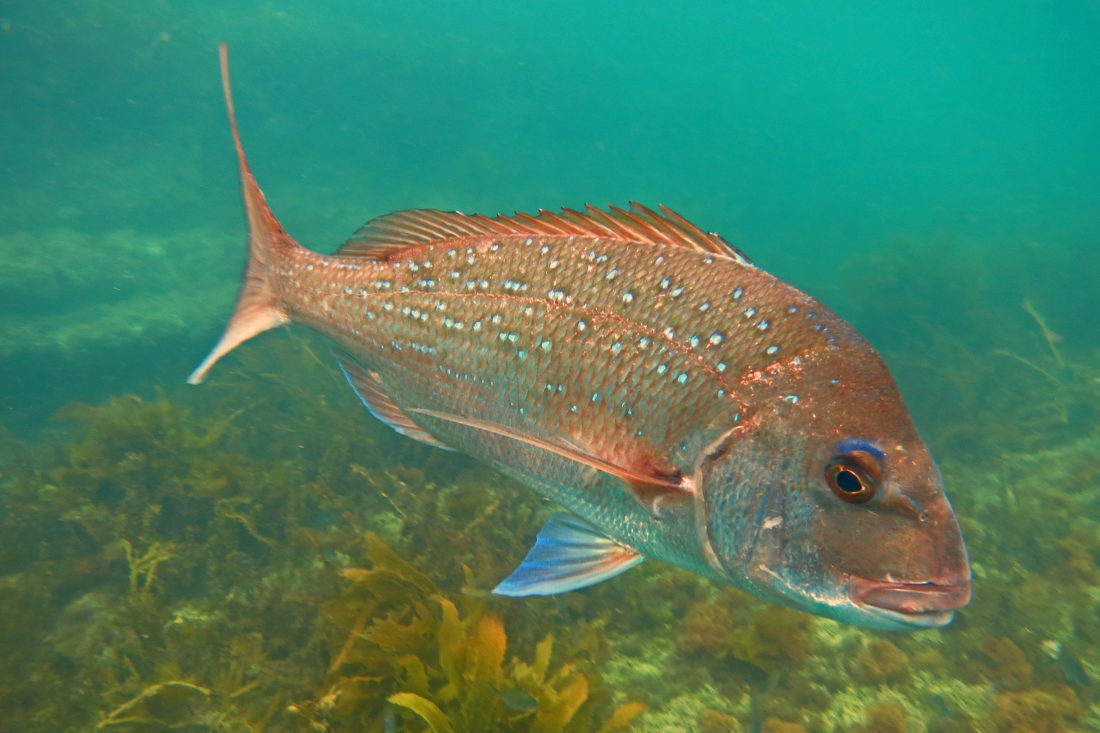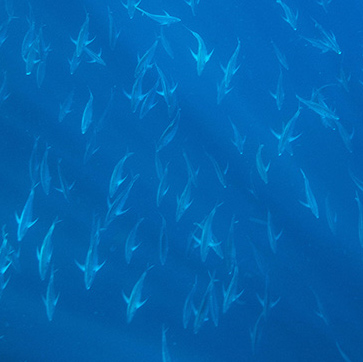A common thread over summer is that recreational fishers ought to release big snapper during spawning season because big fish are the best breeders.
The ‘Put our breeders back’ argument is partially true – Bigger snapper can produce more eggs in a season, but it doesn’t mean all big snapper need to be released. If you are catching lots of big fish please release any snapper you don’t need and look after the fish you plan to take home.

Evidence points to bigger snapper providing ecosystem services that smaller snapper cannot provide. Bigger snapper can crush kina, preventing kina barrens. Fewer kina barrens means more kelp. More kelp means more nurseries for snapper spawn and juveniles therefore more snapper.
The breeders argument is based on the fact that size and sometimes age are linked with increased reproductivity and potential fecundity (number of mature eggs likely to be laid by a fish). There is a link between fecundity and the size of the snapper. Also, as snapper get older they produce better quality eggs.
Snapper spawning can vary, and sometimes they do not spawn every season. Big snapper have a tendency to spawn several times during a season, while smaller snapper may only spawn once.
Although it depends on the region, in New Zealand it can take snapper anywhere between 4 and 10 years to reach 25-30cm, which is around the size they become sexually mature. Snapper can be sexually productive for 20 to 40 years after sexual maturity.
Snapper under 25cm are not sexually mature. This means they are not able to produce eggs. It is just as important to protect these small fish so they have a chance to grow and have many productive years.
To ensure we have snapper populations with lots of big individuals in the future, it is important to always release undersized snapper and use best practice techniques to avoid catching small fish.
References:
Fecundity in fishes: Parent–egg–progeny relationships in teleost fishes: an energetics perspective
Snapper lifespans: Handbook of Fish Biology and Fisheries. Chapter 7, Life Histories of fishes
Snapper species in NZ: Snapper (Chrysophrys auratus): a review of life history and key vulnerabilities in New Zealand
Sexual maturity of snapper: Size and age at sexual maturity of snapper (Pagrus auratus) in New South Wales 2008/09
Snapper information: https://niwa.co.nz/…/ecosystem…/life-cycle/adult
Snapper spawning: https://fishcare.co.nz/why-do-we-fish-in-spawning-season/


